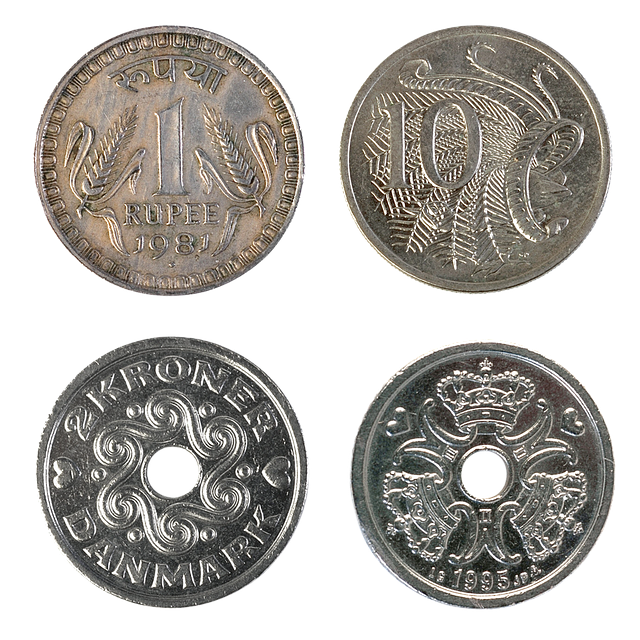Car title loan reinstatement after repossession allows borrowers with limited credit, like those in San Antonio, to recover their vehicle by repaying the outstanding balance, including fees and interest, through negotiation or a repayment plan. Eligibility varies among lenders but generally requires demonstrating repayment capability or agreeing to new terms. The process involves acknowledging default, communicating intent to resolve it, providing updated financial info, proof of income, paying outstanding fees, and possibly showing new insurance coverage. Prioritizing loan resolution is crucial.
Understanding car title loan reinstatement requirements is crucial for borrowers facing repossession. This comprehensive guide delves into what a car title loan reinstatement entails, clarifies eligibility criteria, and outlines the detailed steps involved in the process. If your vehicle has been repossessed, don’t despair—there may be a path to reclaiming it. Learn how to navigate this challenging situation and potentially reinstate your car title loan.
- What Is a Car Title Loan Reinstatement?
- Eligibility Criteria for Reinstating a Repossessed Car Title Loan
- The Steps Involved in the Reinstatement Process
What Is a Car Title Loan Reinstatement?

A car title loan reinstatement is a process that allows borrowers to recover possession of their vehicle after it has been repossessed due to failure to make loan payments as agreed upon in the contract. This situation often arises when an individual defaults on their secured loan, which is typically backed by the car’s title. Once repossession occurs, the lender holds onto the vehicle until the borrower can meet the reinstatement requirements and repay the outstanding balance.
In the case of San Antonio Loans or Bad Credit Loans, where individuals might have limited options for traditional financing due to poor credit scores, a car title loan reinstatement after repossession offers a chance to regain control. The process usually involves paying off the full amount owed, including any additional fees and interest, to the lender. This can be done through negotiation or by arranging a repayment plan, ensuring compliance with local laws and regulations for such transactions, especially when considering Secured Loans.
Eligibility Criteria for Reinstating a Repossessed Car Title Loan

After a car is repossessed due to failure to repay a car title loan, reinstating the loan becomes an important step for borrowers looking to regain ownership. Eligibility criteria for reinstatement vary among lenders and are often tied to specific conditions related to the original loan agreement. Typically, borrowers must demonstrate their ability to pay off the outstanding balance in full or enter into a new repayment plan acceptable to the lender. This might involve securing additional collateral or agreeing to higher interest rates as part of a loan extension.
In the case of Dallas Title Loans, for instance, reinstatement may be possible if borrowers can provide proof of income and a clear plan for repaying the loan. A loan payoff strategy could include making substantial payments towards the principal or negotiating terms that align with the borrower’s financial capabilities. It is crucial to communicate openly with the lender to explore available options and understand the specific requirements for reinstating the car title loan.
The Steps Involved in the Reinstatement Process

The process of reinstating a car title loan after repossession involves several key steps. First, the borrower must acknowledge and accept responsibility for the default on their loan. This typically includes reviewing the terms of the original loan agreement and understanding the specific reasons for repossession. Once this step is complete, the borrower should initiate communication with the lender or a specialized reinstatement service to express their intention to resolve the issue.
During the reinstatement process, several important loan requirements must be met. These often include providing updated financial information, demonstrating proof of income, and paying any outstanding fees or charges associated with the repossession. In some cases, borrowers may also need to arrange for new insurance coverage on the vehicle, as well as provide evidence of this to the lender. Fast cash solutions can sometimes aid in meeting these requirements, but it’s crucial to prioritize resolving the loan rather than solely relying on emergency funding as a short-term fix.
Car title loan reinstatement after repossession is a viable option for borrowers who meet specific eligibility criteria. By understanding the steps involved and ensuring they can comply with the requirements, individuals can potentially regain ownership of their vehicles. This process offers a second chance, allowing responsible borrowing and financial recovery. Remember, timely repayment plans and adhering to the guidelines set by lenders are key to avoiding repossession and maintaining control over one’s assets.






